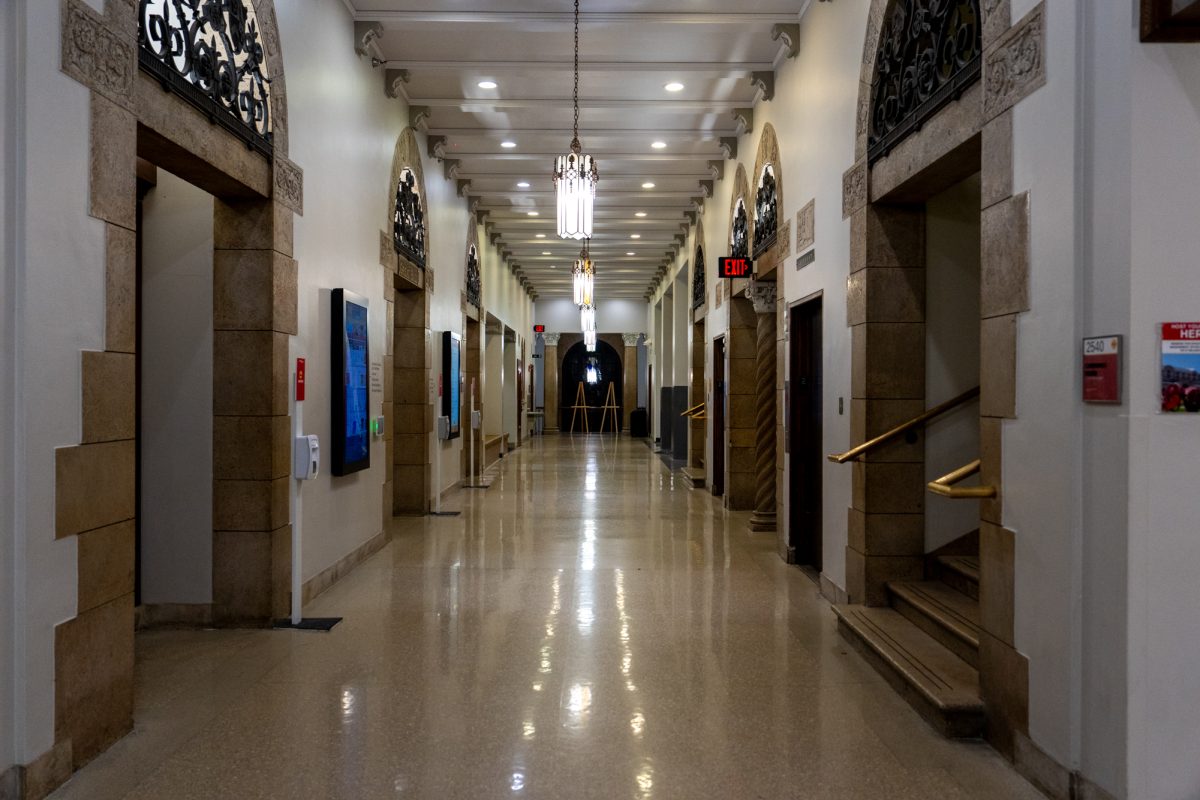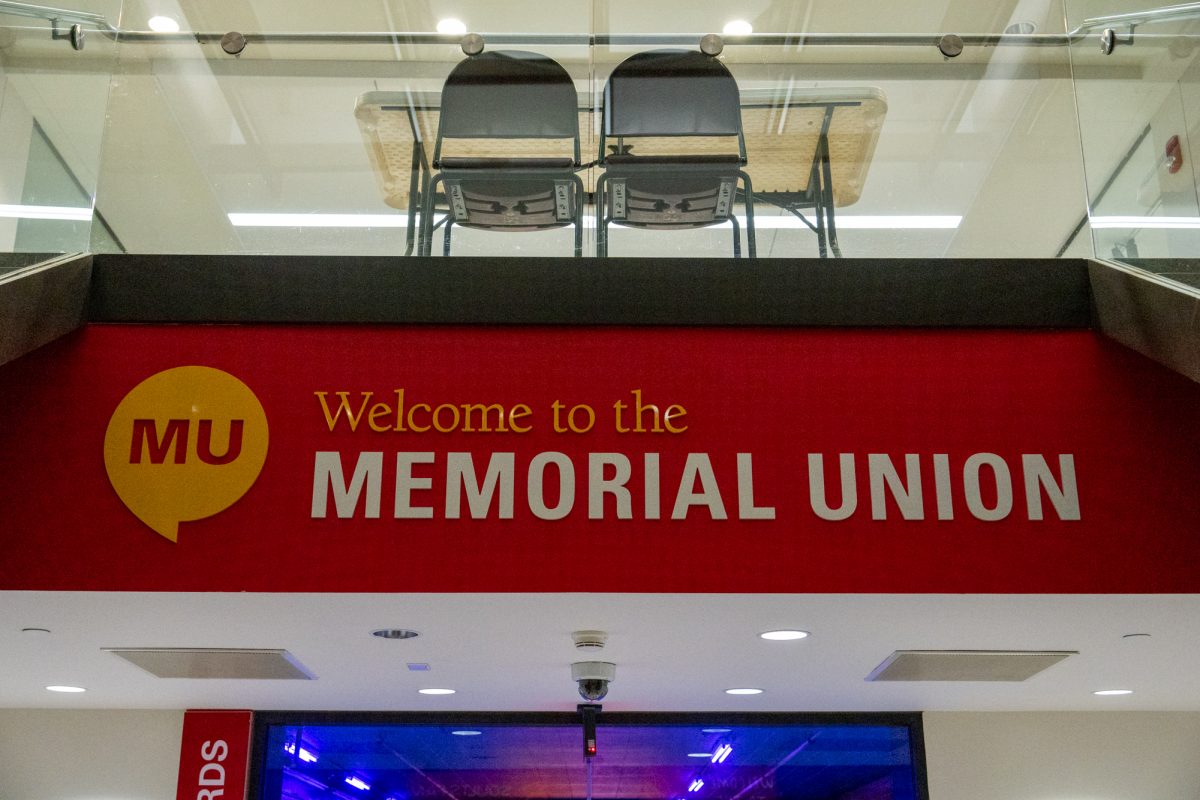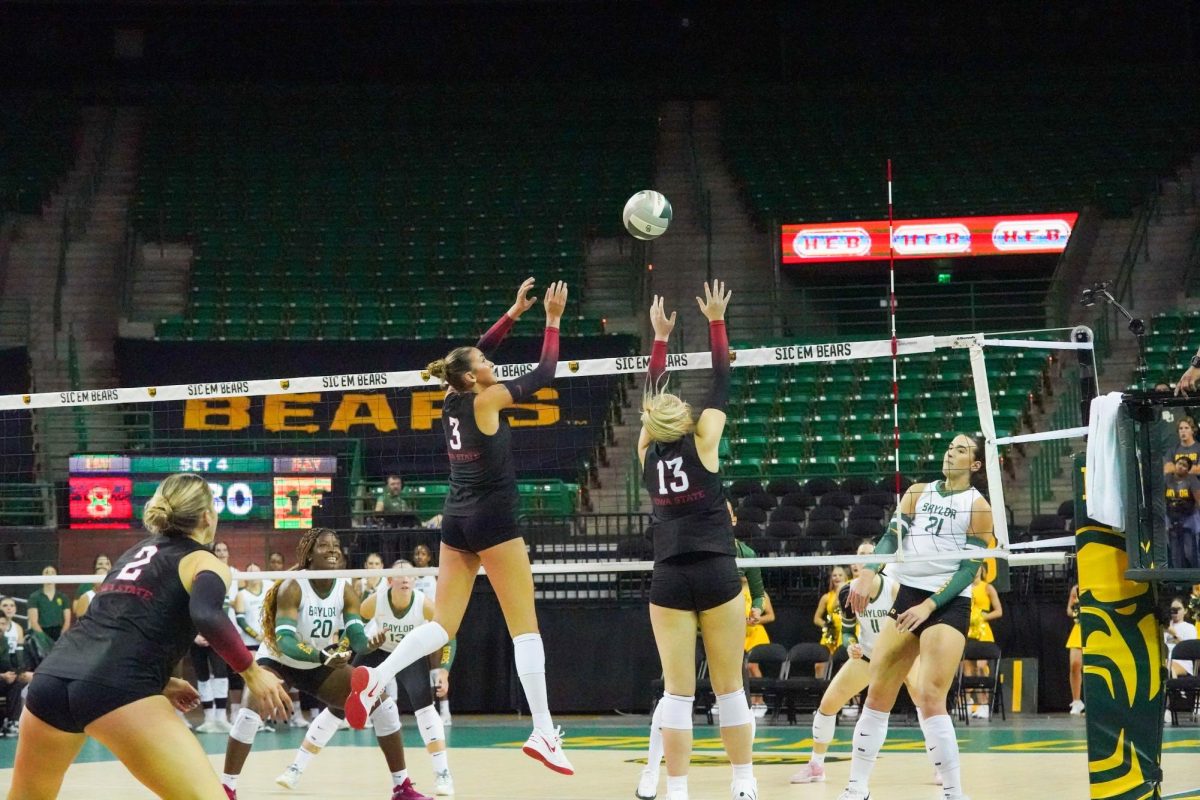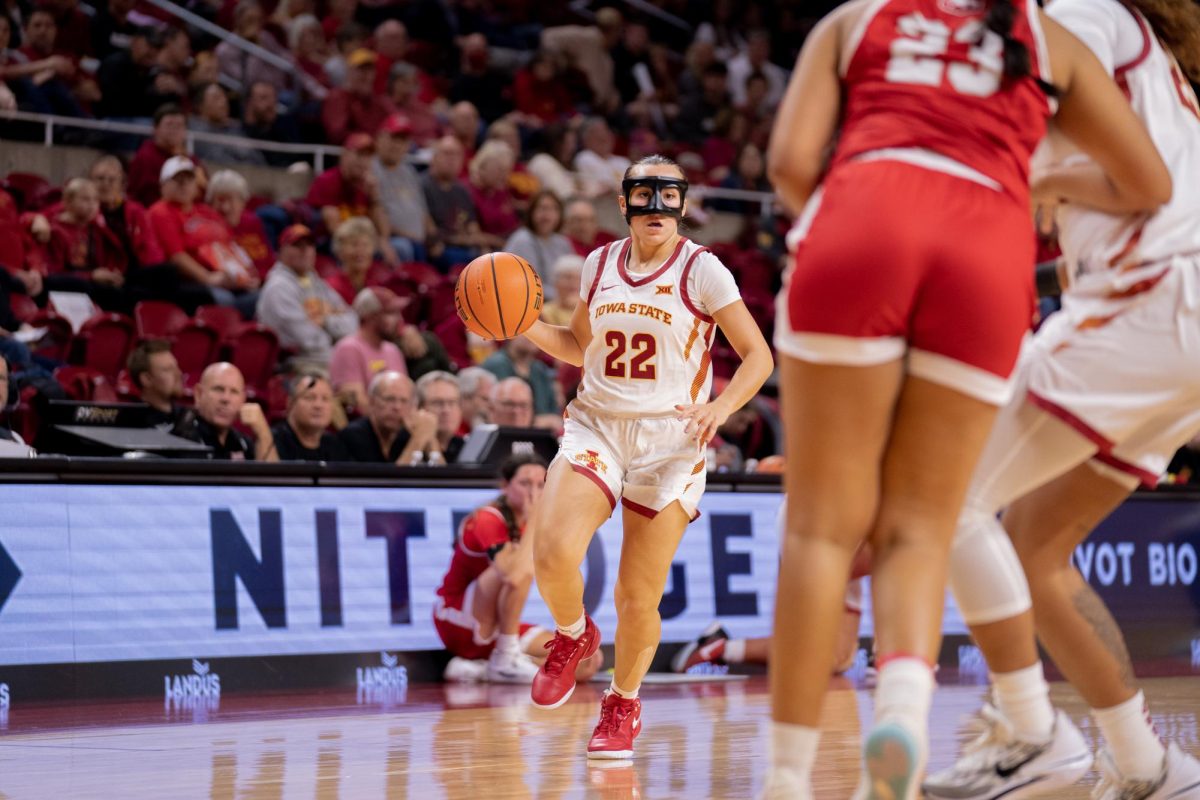Iowa State researchers develop new laser surgery technology
August 30, 1995
A new technology developed at Iowa State may turn complicated laser surgeries into minor procedures.
A new ultra-low expansion optical fiber, ULE, will let surgeons perform laser surgery more effectively and will enable them to conduct more types of surgery, said Abdel Soufiane, a post-doctoral researcher at ISU who helped developed ULE.
All laser surgical fibers are made of the same silica glass used for telecommunications optical fibers, Soufiane said.
“Upon contact with tissue, the silica fiber stops transmitting laser light and instead absorbs it, turning most of the light into heat at the fiber tip. When the hot tip touches the cooler tissue, microscopic glass pieces of the tip break off,” said Steve Martin, an ISU associate professor of materials and engineering who specializes in glass. “The damaged fiber then gets even hotter and the tip deteriorates further.”
When this degradation of the fiber occurs, a new fiber is needed to continue with the surgery, extending surgery length and making it more expensive, Soufiane said.
Martin and his group developed a new fiber, which is more resistant to the heat and can last through the whole surgery, Soufiane said. The fiber is drawn from a Corning Glass Works ULE glass that expands little when heated.
ULE, which has been approved by the Food and Drug Administration, is the first optical fiber made specifically for difficult laser surgery, said Teddi Barron, College of Engineering communications specialist.
Barron said there were obvious complications with existing laser fibers. She said Dr. Gerald Shirk — a gynecological surgeon from Ceder Rapids and president of the Ames-based Full Spectrum Inc., a start-up company — knew there had to be other options.
“This development opens the door to the use of the laser in many surgical procedures never before possible and permits the full benefit of the laser to be realized,” Shirk said. “Many surgeries could become minor.”
Shirk, an ISU alumnus, approached the university with some suggestions and was put in contact with Martin.
“Shirk funded the project at ISU through the Center for Advanced Technology Development,” Soufiane said. Shirk then hired Soufiane and former ISU graduate student Sheila Grant to work on the new fiber.
The biggest advantage of the new fiber is that the tissue will be prevented from damage, Soufiane said.






